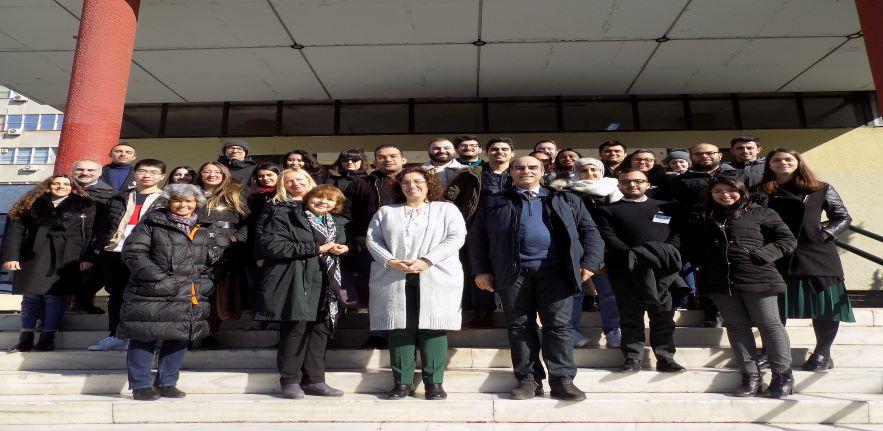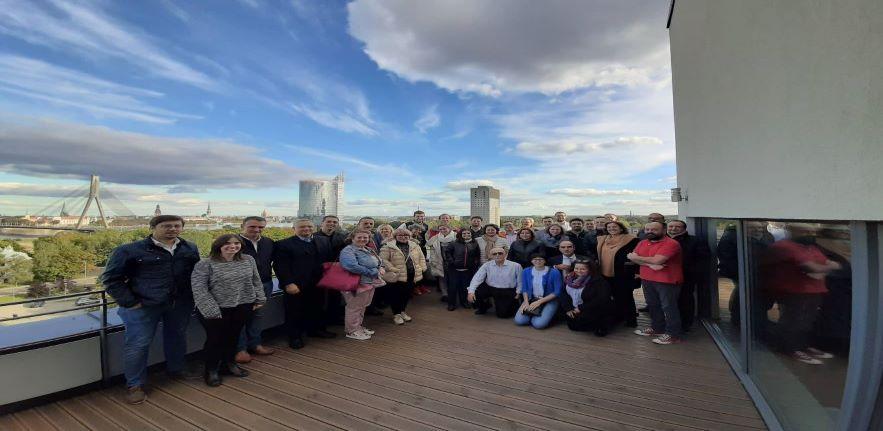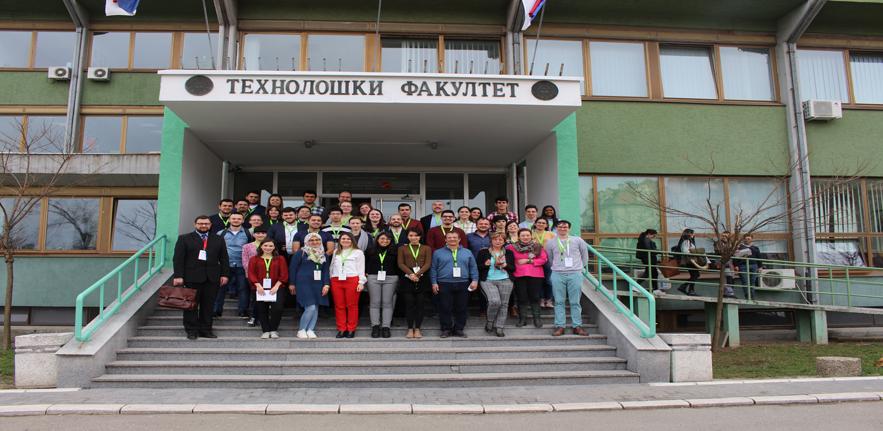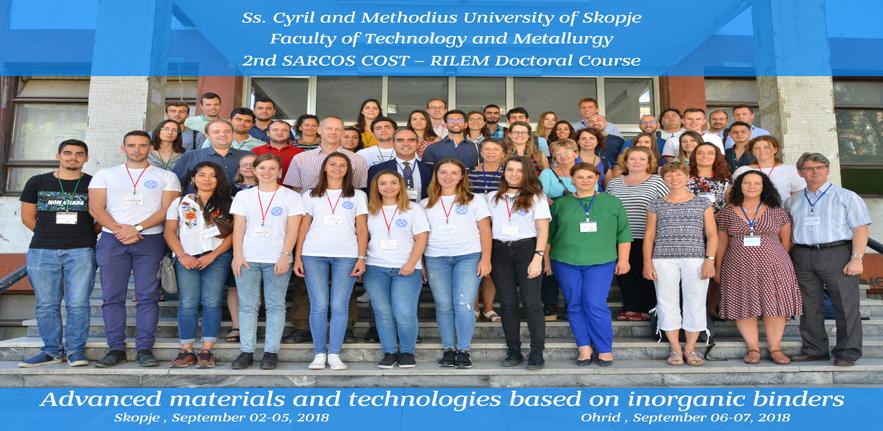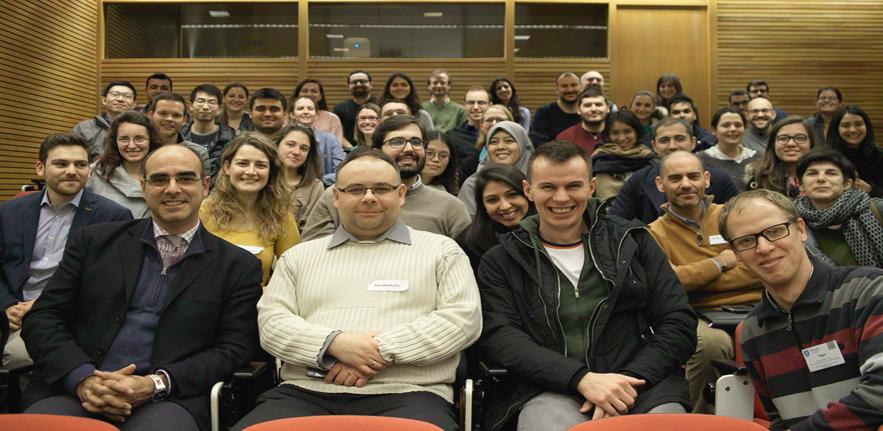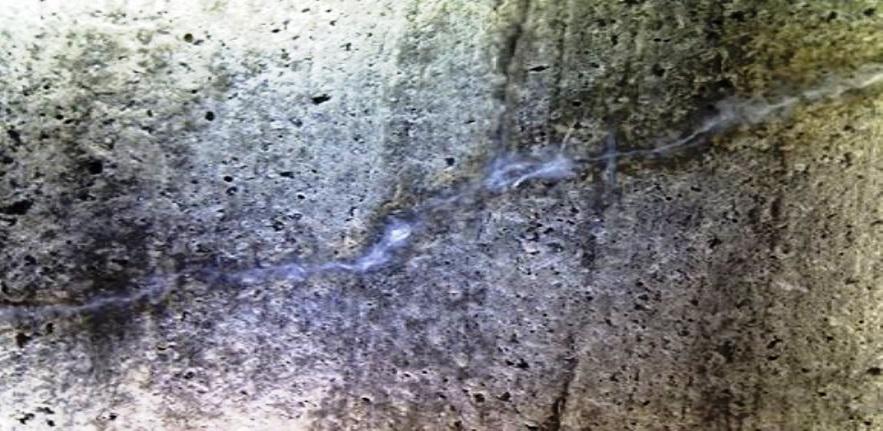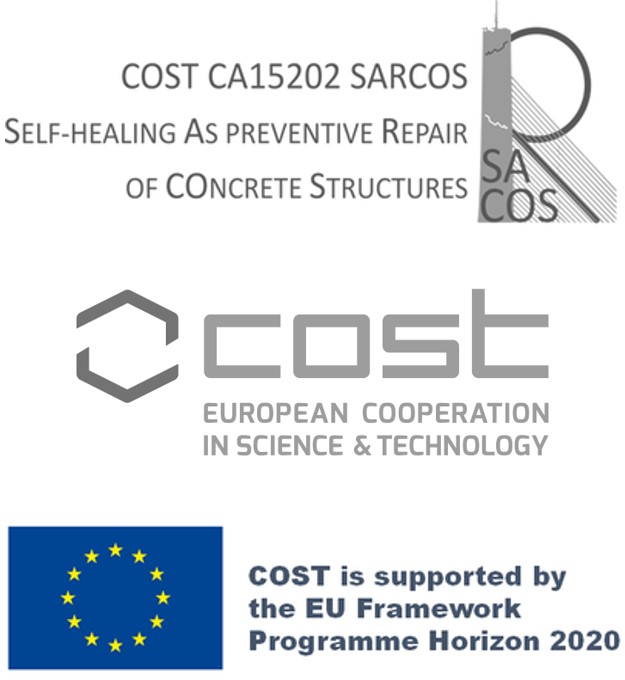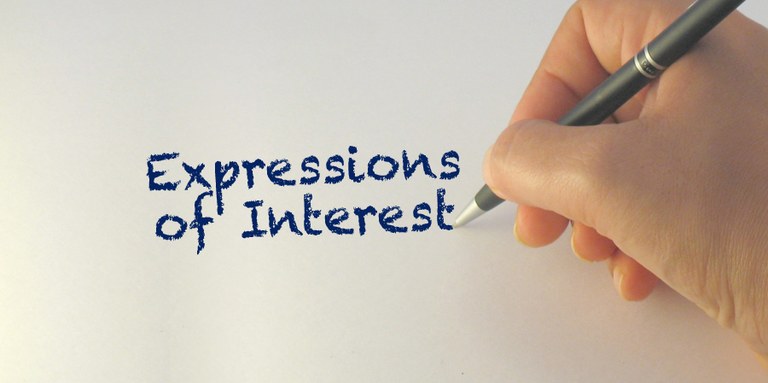Implementing innovative and sustainable solutions for extending the service life of concrete structures
The search for smart self-healing materials and preventive repair methods is justified by the increasing sustainability and safety requirements of structures. The appearance of small cracks in concrete is unavoidable, not necessarily causing a risk of collapse for the structure, but certainly accelerating its degradation and diminishing the service life and sustainability of constructions. That loss of performance and functionality promote an increasing investment on maintenance and/or intensive repair/strengthening works. The critical nature of such requirements is signified by their inclusion as priority challenges in the European Research Program.The first focus of this proposal is to compare the use of self-healing capabilities of concrete with the use of external healing methods for repairing existing concrete elements. Despite the promising potential of the developed healing technologies, they will be real competitive alternatives only when sound and comparative characterization techniques for performance verification are developed, being this SARCOS's second focus. The third focus deals with modelling the healing mechanisms taking place for the different designs and with predicting the service life increase achieved by these methods. SARCOS COST Action will be lead by research institutions searching on different self-healing technologies and repair solutions for extending service life of new and existing concrete structures, with high expertise in developing characterization techniques. Also specialists on modelling healing mechanisms and experts on numerical service life prediction models contribute for the Action's success. This composition provides a solid framework to advance in implementing innovative and sustainable solutions for extending the service life of concrete structures.



